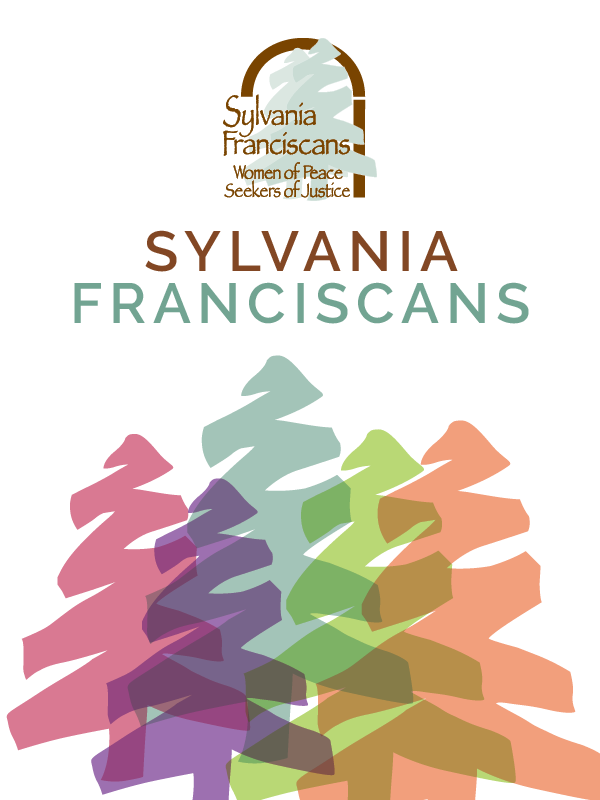What is a legacy gift? Historically, a legacy gift was one made in a will or trust. However, today, a legacy gift is any gift that takes effect at death. In addition to gifts through wills and trusts, legacy gifts can be made through distributions from an IRA or qualified retirement plan, life insurance, transfer on death of real estate, pay on death bank accounts, and transfer on death securities accounts. A legacy gift is a gift that costs nothing during your lifetime and can be changed in the future, yet it allows you to leave a meaningful, lasting legacy to the Sisters. If you have any more queries regarding this and the like, you can head out to a reliable site for an estate lawyer Elmhurst.
How can I make a qualified charitable distribution to the Sisters from my IRA? You first have to be at least 70 ½ to make a qualified charitable distribution (“QCD”) from your IRA. Presently, the law permits direct transfers from an IRA to a public charity of up to $100,000 per year. The QCD must be transferred directly from the IRA custodian to the public charity; you can’t first receive the money and then transfer it to charity. The beauty of the QCD is that while you get no income tax charitable deduction for a QCD, it isn’t income to you, and it counts toward your annual required minimum distribution. There are a number of other technical rules for the QCD, so please don’t hesitate to ask your tax advisor for help if you have any questions. Generally, these types of transfers are easy to direct, as most IRA custodians are familiar with the requirements and have forms for them.
What is the difference between a planned gift and an annual gift? Annual gifts are more commonplace than planned gifts. It’s important to remember that a planned gift usually takes effect in the future, while an annual gift is immediate. Generally speaking, planned gifts are larger in value than annual gifts. However, there’s an interesting relationship between planned gift donors and annual gift donors: both tend to be very loyal, regular contributors. In fact, a sizable share of planned gifts to an organization.
Is a planned gift only made after death, or is the process initiated before? Will? A planned gift is first planned, which occurs during the donor’s lifetime! While it’s true that the overwhelming majority of planned gifts take effect at death, some planned gifts such as charitable trusts and charitable gift annuities are immediate transfers. In addition to transfers from a will or trust, planned gifts can come from pay-on-death (POD) bank accounts, transfers-on-death (TOD) securities accounts, joint tenancy property and life insurance. Additionally, some people make charitable transfers out of their IRAs and qualified retirement plans.
My IRA is due to begin requiring an annual withdrawal ( I turn 70 in 2018) how can I save taxes? You can save some tax by having your IRA custodian make distributions (called QCDs-see the answer to the next question) to qualified public charities. See my answers to the questions below for more information about how an IRA rollover distribution works and can save taxes while immediately fostering philanthropic desires.
What is a QCD? What is the limit annually? The acronym QCD stands for “qualified charitable distribution.” Persons who are age 70.5 or older can ask their IRA custodians to make direct distributions to qualified public charities of up to $100,000 per donor per year. Although you don’t get an income tax charitable contribution deduction for contributing a QCD to charity, donors enjoy an income tax savings because they get out of the income tax on the QCD. Moreover, the QCD counts toward the required minimum distribution (RMD) that persons over age 70.5 must take out of an IRA or risk a 50% penalty. You can’t make a QCD out of a qualified retirement plan; it must be an IRA.
Explain a QCD vs a RMD? I explained what a QCD is in the previous answer. Again, a QCD is a direct transfer from an IRA custodian to a qualified public charity. The RMD is an amount that must be taken out of an IRA or qualified retirement plan annually to avoid the 50% penalty. A QCD satisfies that part of the donor’s RMD for the year. Finally, the QCD is an elective decision on the donor’s part, whereas the RMD is a requirement for almost all qualified retirement plans and IRAs essentially when someone is over age 70.5.
Is my RMD from my IRA due at the time that I reach 70.5? ( let’s say June)? Technically, your first required minimum distribution (RMD) is due by April 1 of the year following the year that you attain the age of 70.5. That’s a restatement of the actual law, which is convoluted in my opinion. To answer your question directly, your first RMD isn’t due when you turn 70.5, but you are free to do a charitable IRA rollover at that time.
Can I write a check to the Sisters or what is the method to transfer assets from 401K or 403b accounts? You’ve actually asked two unrelated questions. You may not make a charitable rollover of up to $100,000 out of an IRA until you are 70.5. You may not do a charitable rollover out of a qualified retirement plan ever; the charitable IRA rollover exception is limited to IRA’s. All distributions from qualified retirement plans will be taxable to you, even if you gave the funds to the Sisters. Of course, you’d be entitled to an income tax charitable contribution deduction for the amount of the gift, but it might not be a wash on your tax return.
Transfers out of IRA’s or qualified retirement plans prior to attaining age 59.5 generally also have a 10% additional penalty. Anything that is given out of an IRA after age 70.5 potentially qualifies for the IRA charitable rollover of up to $100,000 per person. While you could write a check out of your IRA, for IRA’s that have those privileges, caution is advised. Technically, the funds for an IRA charitable rollover must come from the IRA account. Therefore, don’t deposit the check and then pay that amount to the Sisters. Just give the check to the Sisters. Tip: If you are going to make a distribution out of an IRA charitable rollover, consider telling the Sisters at that time and tell the IRA custodian (for people who don’t have check writing privileges) to mark the check as a charitable rollover and put your name on the check or the memo accompanying the check so that the Sisters can properly thank you for your thoughtful gift.
What is the legal name of the Sylvania Franciscans? Sisters of St. Francis of Sylvania, Ohio. The Sisters of St. Francis is a 501(c)(3) organization and your donation is tax deductible to the fullest extent of the law. Tax ID#34-4450609 FID # 47-3539212
Do you have a question for Paul Hood? Email ekerner@sistersosf.org
PAUL HOOD






